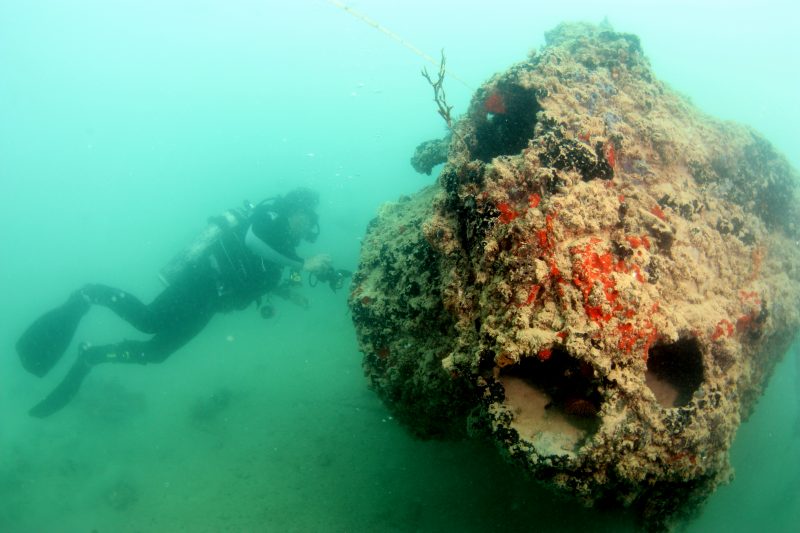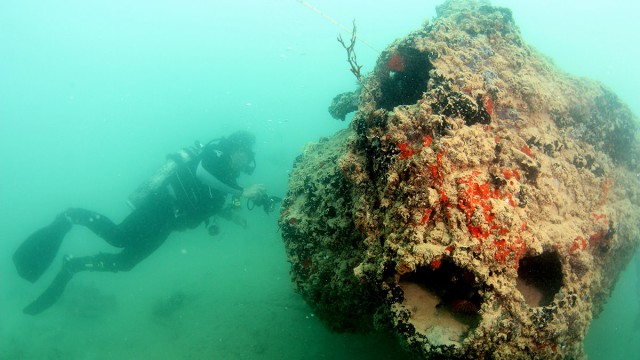
At 7:55 on the morning of Sunday 7th December 1941, Japanese carrier-borne aircraft launched an unprovoked attack on the US Naval base at Pearl Harbor, in the South of the Hawaiian island of Oahu.
Two hours later, 2403 US servicemen and civilians were dead and another 1178 had been wounded. Japanese naval planners had planned for the attack to take place on a Sunday, in the belief that the Americans would be less likely to be able to fight back. Most of the US personnel were eating breakfast when the attack began.
Eight American battleships were in the harbour that day. All of them were either sunk or damaged in the attack. Japanese planes also attacked six US air bases, destroying almost 200 aircraft on the ground.
The next day, December 8th, America declared war on Japan. It became apparent that the attack on Pearl Harbor was planned by Japan while peace talks between the two nations, had been taking place. In a speech before Congress, President Franklin D. Roosevelt referred to December 7th, 1941 as “a date which will live in infamy.” He called the events at Pearl Harbour an “unprovoked and dastardly attack”.
In addition to ships in the harbour, Oahu was a base for American Catalina PBY flying boats. These aircraft were a concern to the Japanese because their long-range capability would enable them to find and track the attack fleet.
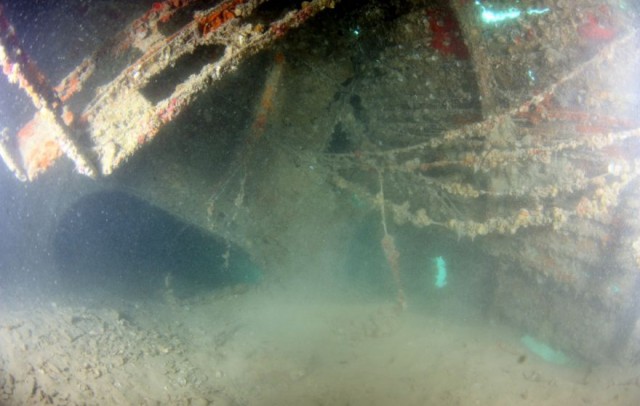
In fact, a Catalina discovered a Japanese submarine lying off pearl harbour early on the morning of the attack, and sent a coded message to its base. Unfortunately, the air attack happened before the signal could be decoded. The 27 Catalinas based on the East coast of Oahu island were destroyed by Japanese bombs before the Main attack of Pearl Harbor began.
One of these aircraft, lying in three pieces beneath 30 feet of water, was discovered by a team of divers from the University of Hawaii in 1996. They tried to photograph the wreckage, but poor visibility made it impossible. A later attempt by local amateur divers met with only limited success.
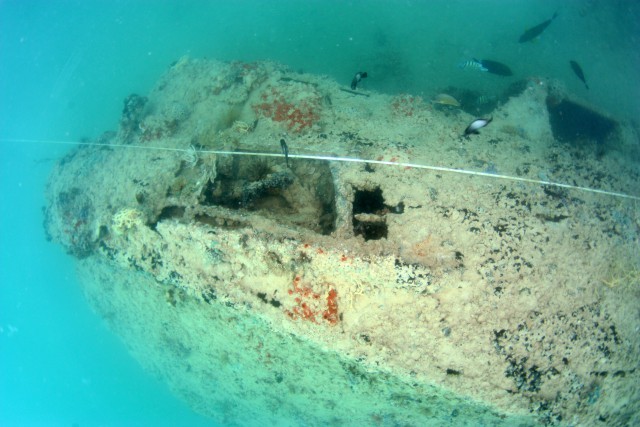
Credit: UH Marine Option Program
Finally, in June 2015, a team from Hawaii University was able to carry out a proper archaeological survey on the aircraft wreck. Using high-quality underwater cameras and with better visibility, the team was able to obtain excellent photographs of the Catalina’s wreckage although the aircraft’s identity remains a mystery.
The student effort was coordinated by Hans Van Tilburg, a maritime archaeologist with NOAA’s Office of National Marine Sanctuaries.
Van Tilburg said while the precise identity of the aircraft remains unknown, it is possible the crew died while attempting to take off in the face of the attack. The plane, which rests in three large pieces at a depth of 30 feet, is protected by the Sunken Military Craft Act of 2004, which prohibits unauthorized disturbance of military vessels or planes owned by the U.S. government, as well as foreign sunken military craft that lie within U.S. waters.
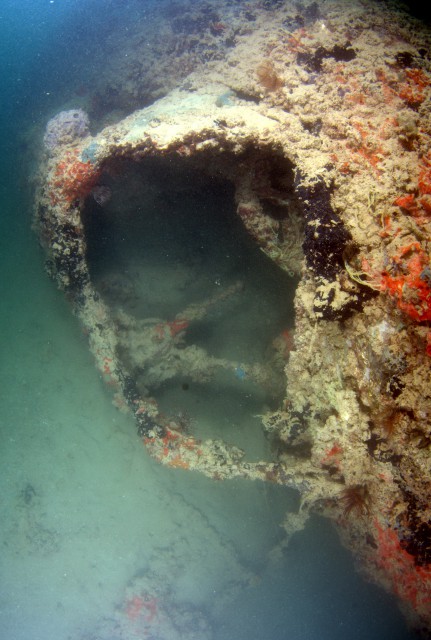
Credit: UH Marine Option Program
“The new images and site plan help tell the story of a largely forgotten casualty of the attack,” Van Tilburg said. “The sunken PBY plane is a very important reminder of the “Day of Infamy,’ just like the USS Arizona and USS Utah. They are all direct casualties of December 7.”
“This sunken flying boat is a window into the events of the attack, a moment in time that reshaped the Pacific region,” said June Cleghorn, senior archaeologist at Marine Corps Base Hawaii. “Understanding this site sheds light on the mystery of the lost PBYs and honors the legacy of the Navy and Marine Corps Base in Hawaii.”
